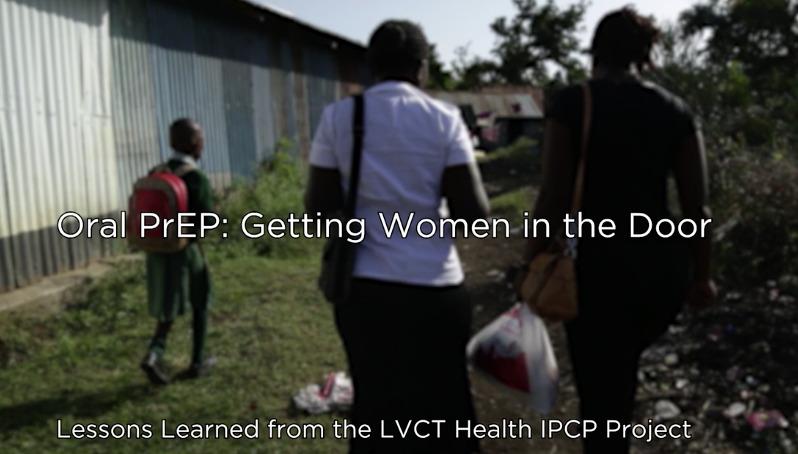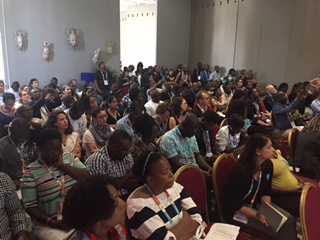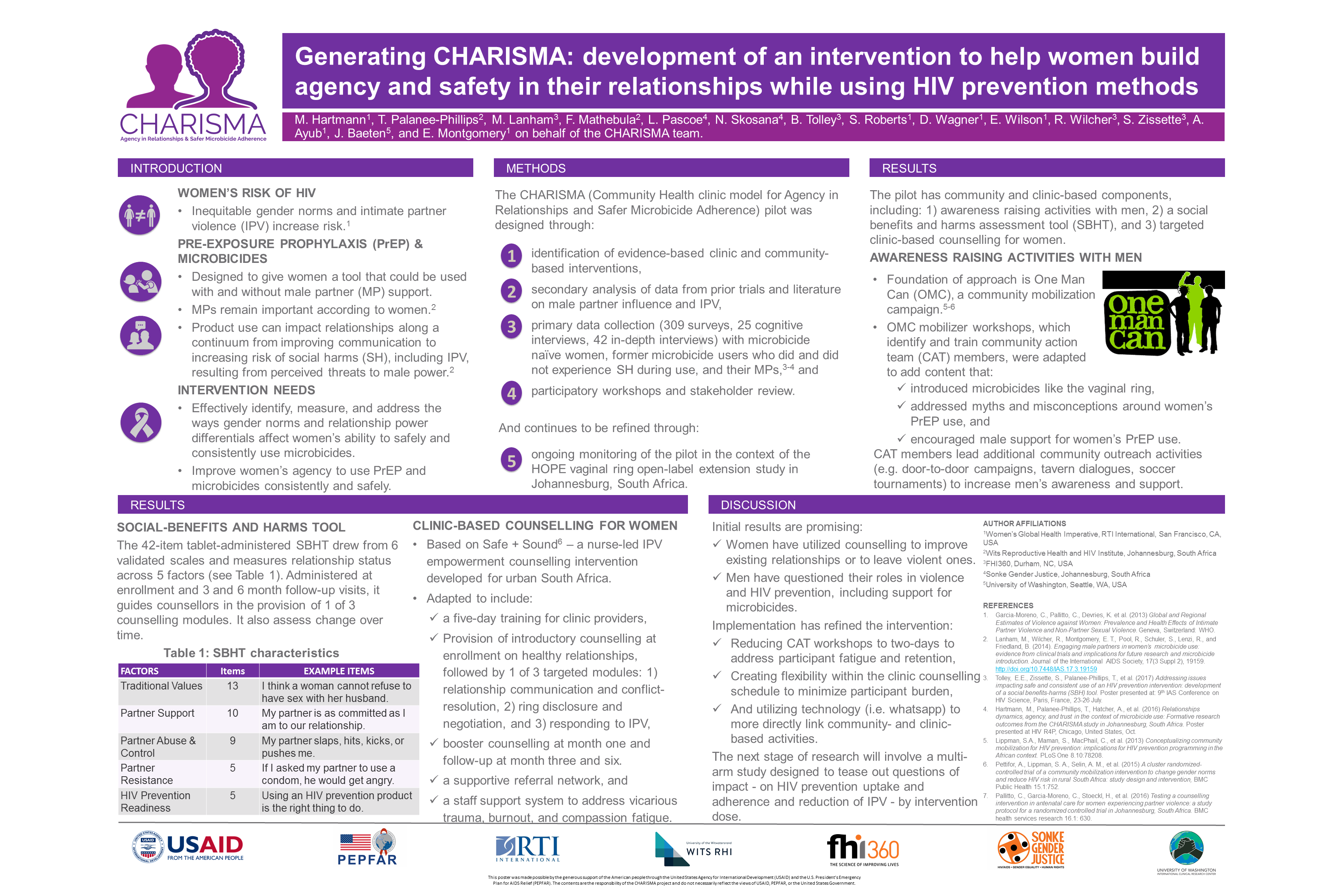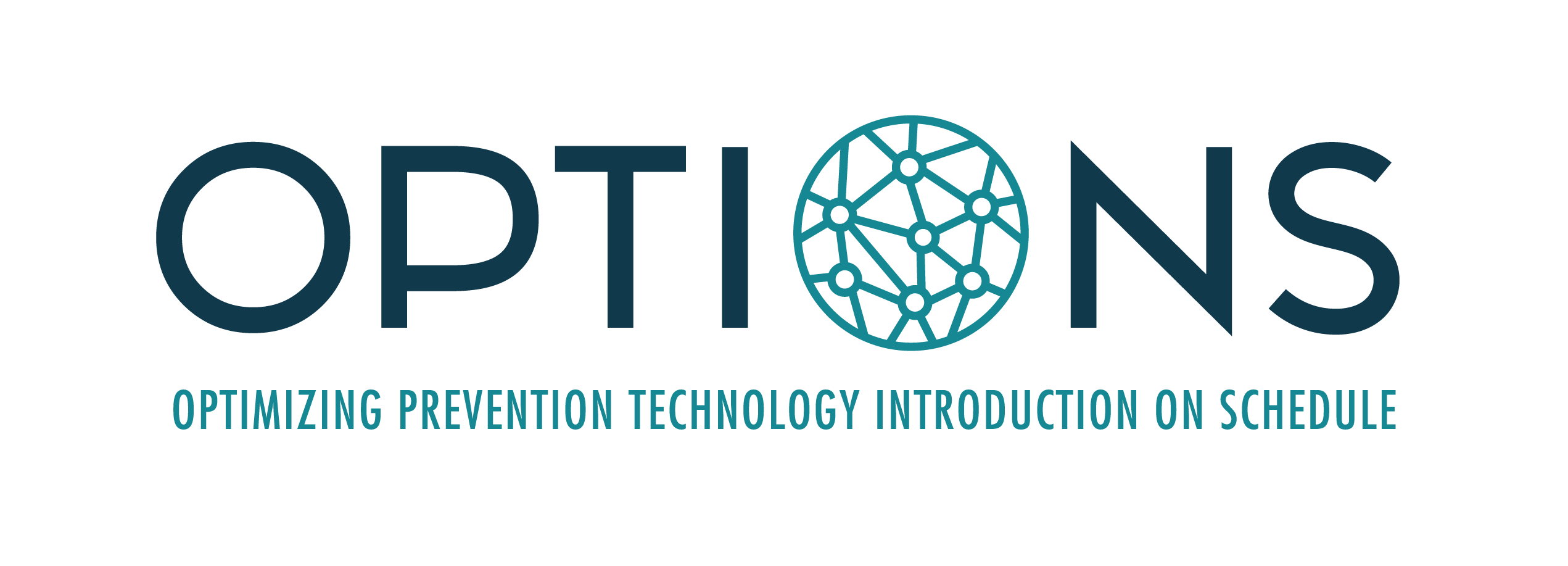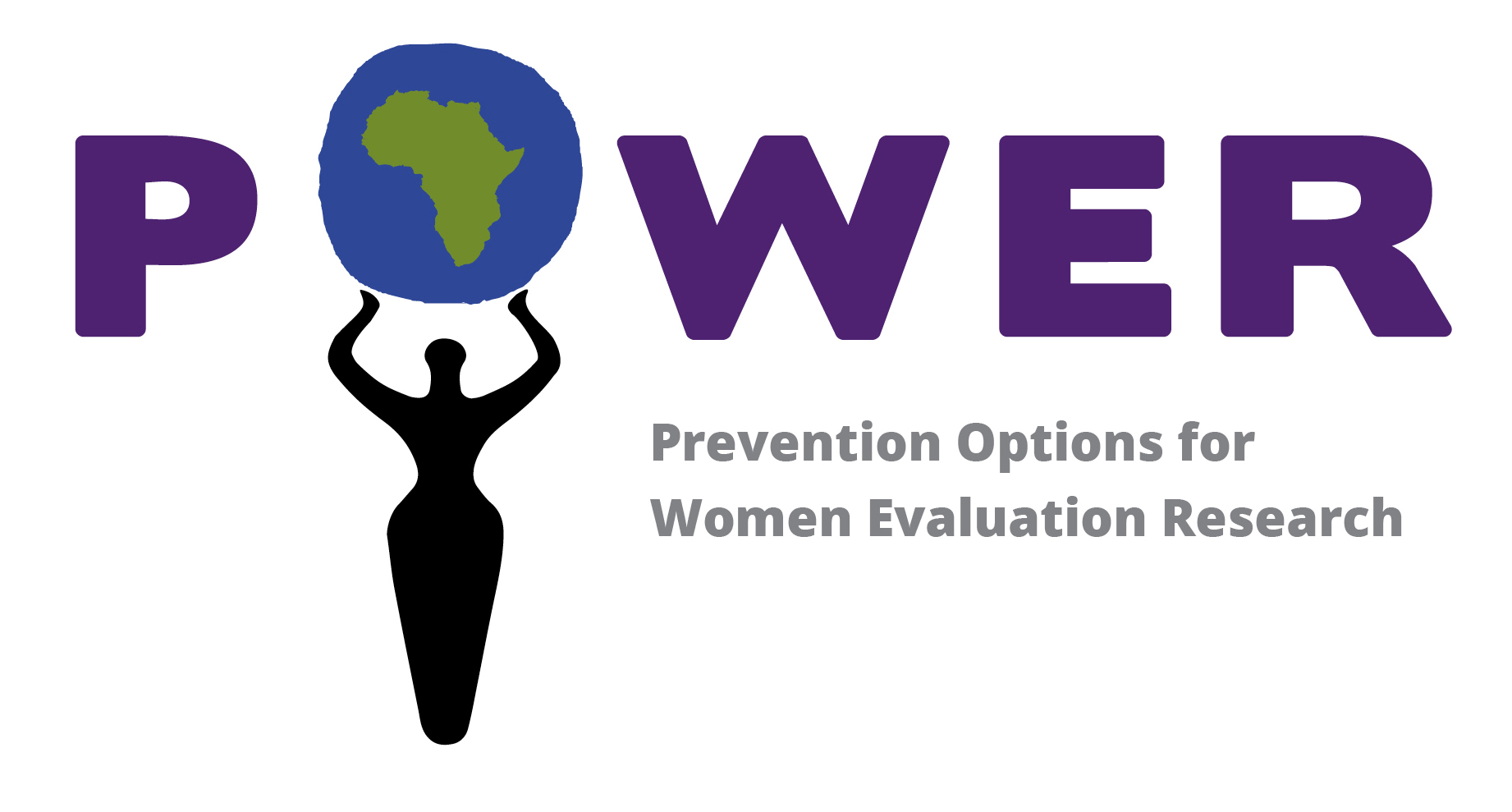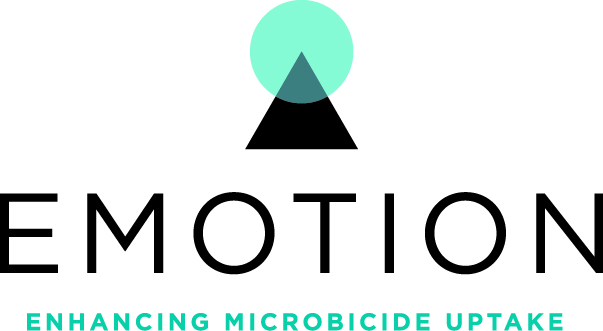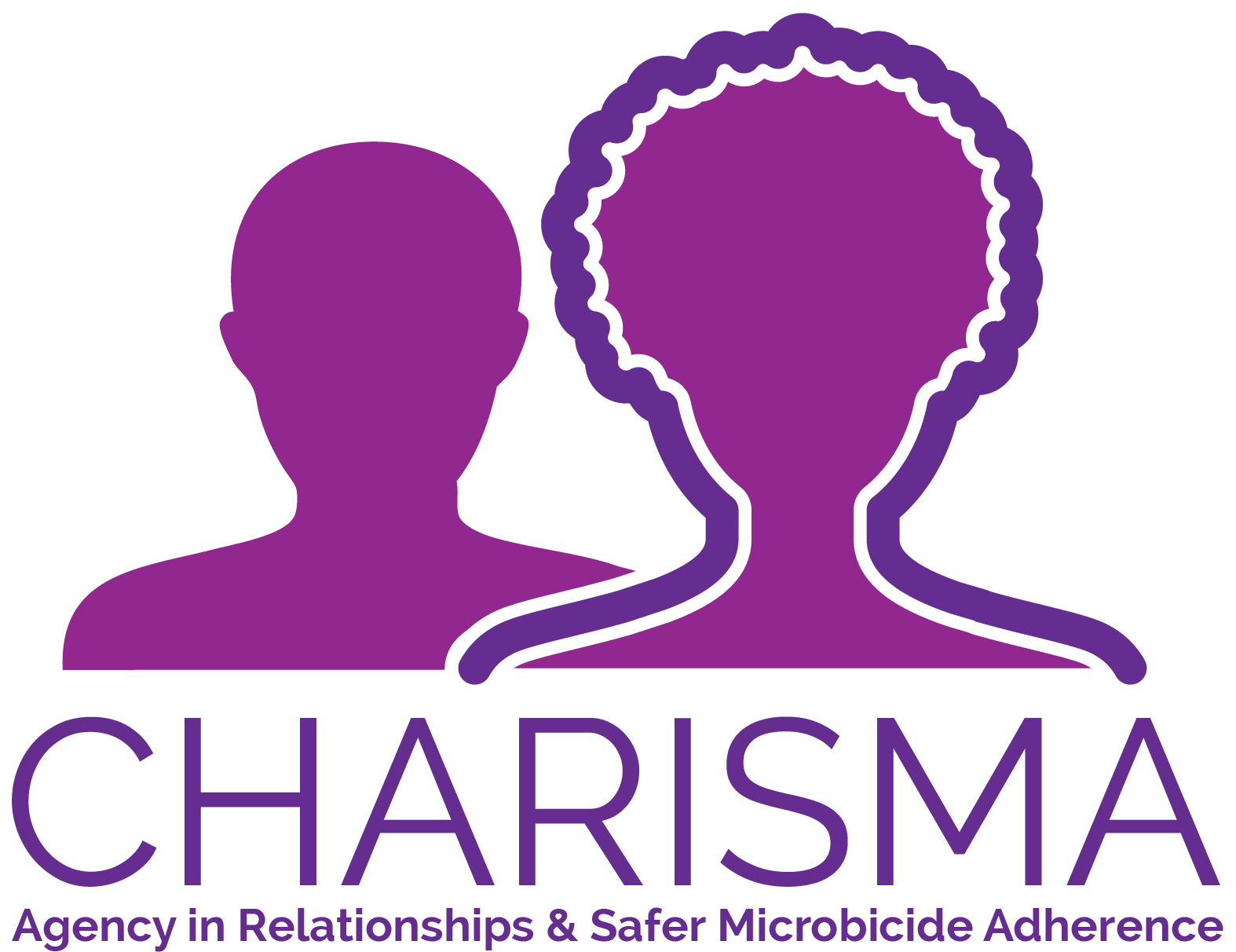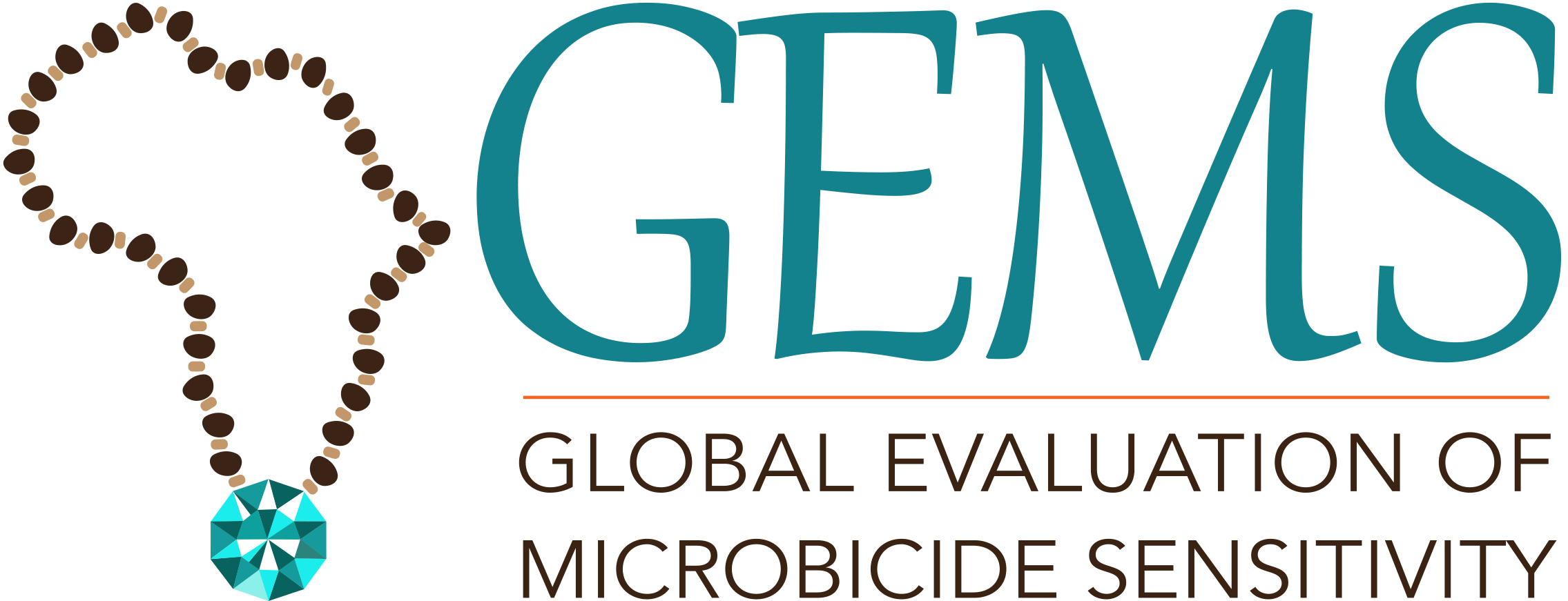The OPTIONS Consortium objective is to develop a streamlined, adaptable product delivery platform for current and future ARV-based HIV prevention options, with a particular focus on women.
OPTIONS develops communication strategy for Lesotho’s oral PrEP roll out. OPTIONS has been working closely with Jhpiego and Lesotho’s government to develop demand creation materials and a national communication strategy for oral PrEP. Work includes creating a rapid landscape analysis, adapting existing information, education, and communication (IEC) materials, material testing in-country with target audiences, and presenting revised materials to the technical working group (TWG). Preliminary posters were displayed at World AIDS Day activities, and materials will continue to be adapted as the communication strategy is finalized.
OPTIONS hosts dapivirine ring modeling stakeholder consultation. OPTIONS organized a dapivirine ring modeling stakeholder consultation on November 8 that gathered key stakeholders in a webinar to discuss the inputs and modeling questions around the ring. The primary discussion questions for the consultation were: “What assumptions should we use about uptake and adherence of both the ring and oral PrEP?” and “What scenarios would be useful for policymakers and donors in their decision-making?.”
Operations research underway. In South Africa, the ACCESS study has completed quantitative surveys with 27 providers and 283 clients, along with 20 qualitative in-depth interviews. ACCESS (Advancing PrEP: Comprehensive and combined evaluation of services for sex workers and men who have sex with men (MSM)), which is co-funded by OPTIONS and CHAI, aims to identify barriers and enablers to oral PrEP uptake, retention, and adherence in South Africa. In another OPTIONS study, interviews have been completed with 27 staff members from seven ARV-based HIV prevention trials to better understand the recruitment strategies used to enroll high-risk women. A result validation webinar with interviewees and country-level programmatic staff is planned for early 2018.
PrEPWatch re-organized and new resources added. Recently, PrEPWatch.org underwent a re-organization to make materials and tools easier to locate. The new “PrEP Resources” section includes information on global guidance and national policies and guidelines; materials related to oral PrEP training, M&E, and demand creation; and resources for advocacy and implementation. More resources were added to the “Framework for Scaling Up PrEP” section to better support each step of the process. Additionally, the “Country Updates” section now includes additional countries as well as an updated, more robust presentation of country-specific updates. Please reach out to the AVAC team if you have any information to add!
Finally, please be sure to check out the literature review, “Adherence Metrics in the Oral PrEP Clinical Trials: Trends and Takeaways.” AVAC reviewed 189 oral PrEP studies that assess adherence with the aim of addressing the following question: Which adherence metrics are the most reliable for measuring adherence, and how do we know they are reliable? The literature review includes collation of studies by adherence metric, as well as efficacy and PK data for different modes of transmission.
Mapping of PrEP trials and implementation projects updated. The PrEP Trials and Implementation Projects mapping was updated by AVAC in October 2017. The overview tables are available on PrEPWatch. More detailed tables are available to individuals and organizations by request. Please send your request to Emily Donaldson.

